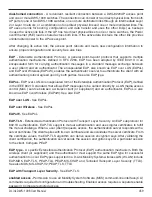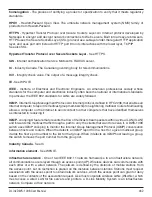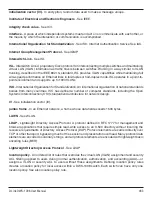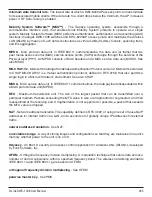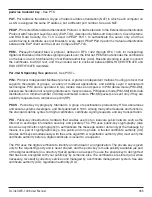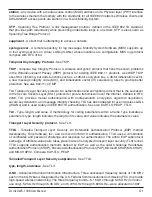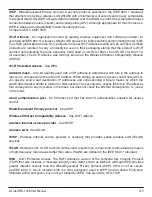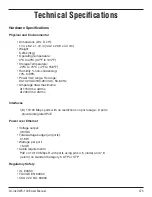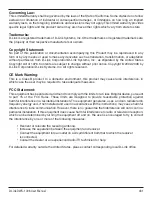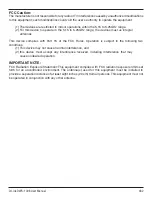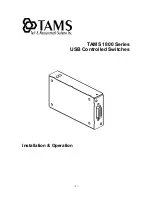
D-Link DWS-1008 User Manual
0
security ACL - Security access control list. An ordered list of rules to control access to and from a
network by determining whether to forward or filter packets that are entering or exiting it. Associating
a security ACL with a particular user, port, virtual LAN (VLAN), or virtual port on a DWS-1008 switch
controls the network traffic to or from the user, port, VLAN, or virtual port. The rules in an ACL are
known as access control entries (ACEs). See also ACE.
seed - An input to a pseudorandom number generator (PRNG), that is generally the combination of two
or more inputs.
SentrySweep™ - A radio frequency (RF) detection sweep that runs continuously on the disabled radios
in a Mobility Domain™ group. See also RF detection sweep.
session - A related set of communication transactions between an authenticated user (client) and the
specific station to which the client is bound.
Session Initialization Protocol - See SIP.
service set identifier - See SSID.
SHA - Secure hashing algorithm. A one-way hashing algorithm used in many authentication algorithms
and also for key derivation in many algorithms. A SHA produces a 160-bit hash.
shared secret - A static key distributed by an out-of-band mechanism to both the sender and receiver.
Also known as a shared key or preshared key (PSK), a shared secret is used as input to a one-way
hash algorithm. When a shared secret is used for authentication, if the hash output of both sender and
receiver is the same, they share the same secret and are authenticated. A shared secret can also be
used for encryption key generation and key derivation.
SIP - Session Initialization Protocol. A signaling protocol that establishes real-time calls and conferences
over IP networks.
Spanning Tree Protocol - See STP.
SSH - Secure Shell protocol. A Telnet-like protocol that establishes an encrypted session.
SSID - Service set identifier. The unique name shared among all computers and other devices in a
wireless LAN (WLAN).
SSL - Secure Sockets Layer protocol. A protocol developed by Netscape for managing the security of
message transmission over the Internet. SSL has been succeeded by Transport Layer Security (TLS)
protocol, which is based on SSL. The sockets part of the term refers to the sockets method of passing
data back and forth between a client and a server program in a network or between program layers in
the same computer. SSL uses the public-and-private key encryption system from RSA Data Security,
Inc., which also includes the use of a digital certificate. See also HTTPS; TLS.
Summary of Contents for DWS-1008
Page 1: ......




